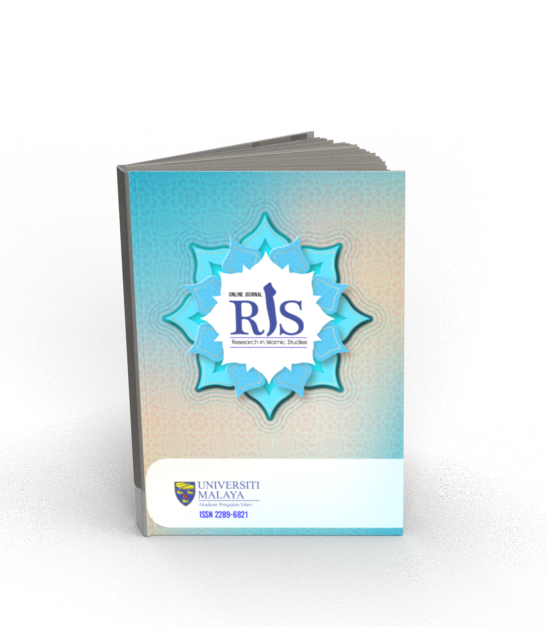Main Article Content
Abstract
Halal is a fundamental Islamic principle that generally shapes Muslim consumption behaviours. Even though the halal concept originates from religious sources, limited studies found focusing on the role of religiosity in investigating halal consumption behaviors. The Theory of Planned Behaviour (TPB) has been widely used to predict the behavioural intention of halal consumption behaviours among Muslims. This study aims to extend the discourse by integrating the religiosity construct in the TPB in which we examine the influence of religiosity as an additional variable to the other main determinants of behavioural intentions as theorized in the TPB. This is a cross-sectional study conducted among millennials Muslims who frequently eat out in the urban areas of Klang Valley, Malaysia. The findings reveal that religiosity has the strongest influence to determine halal food consumption compared to other determinants as outlined in the TPB. The proposed integration of religiosity variables in the TPB model contributes to extending literature in halal consumption as well as providing analysis on the role of religiosity in propelling the halal consumption behavior. Hence, this paper offers theoretical underpinnings and empirical evidence for this discourse.
Keywords
Article Details
Copyright (c) 2023 Online Journal of Research in Islamic Studies

This work is licensed under a Creative Commons Attribution-NonCommercial-ShareAlike 4.0 International License.
Copyright Notice
By submitting manuscripts to the Online Journal of Research in Islamic Studies (RIS), authors agree to transfer copyright to the journal. However, authors may republish their work or grant others permission to republish it; in which case it should be accompanied by a proper acknowledgment that the work was originally published in the Online Journal of Research in Islamic Studies (RIS). The journal adopt CC-BY-NC licence which authors may also share and distribute their article anywhere of non-commercial website, social media and repositories immediately on publication.
Authors may also reuse the Abstract and Citation information (e.g. Title, Author name, Publication dates) of their article anywhere at any time including social media such as Facebook, blogs and Twitter, providing that where possible a link is included back to the article on the journal site.
